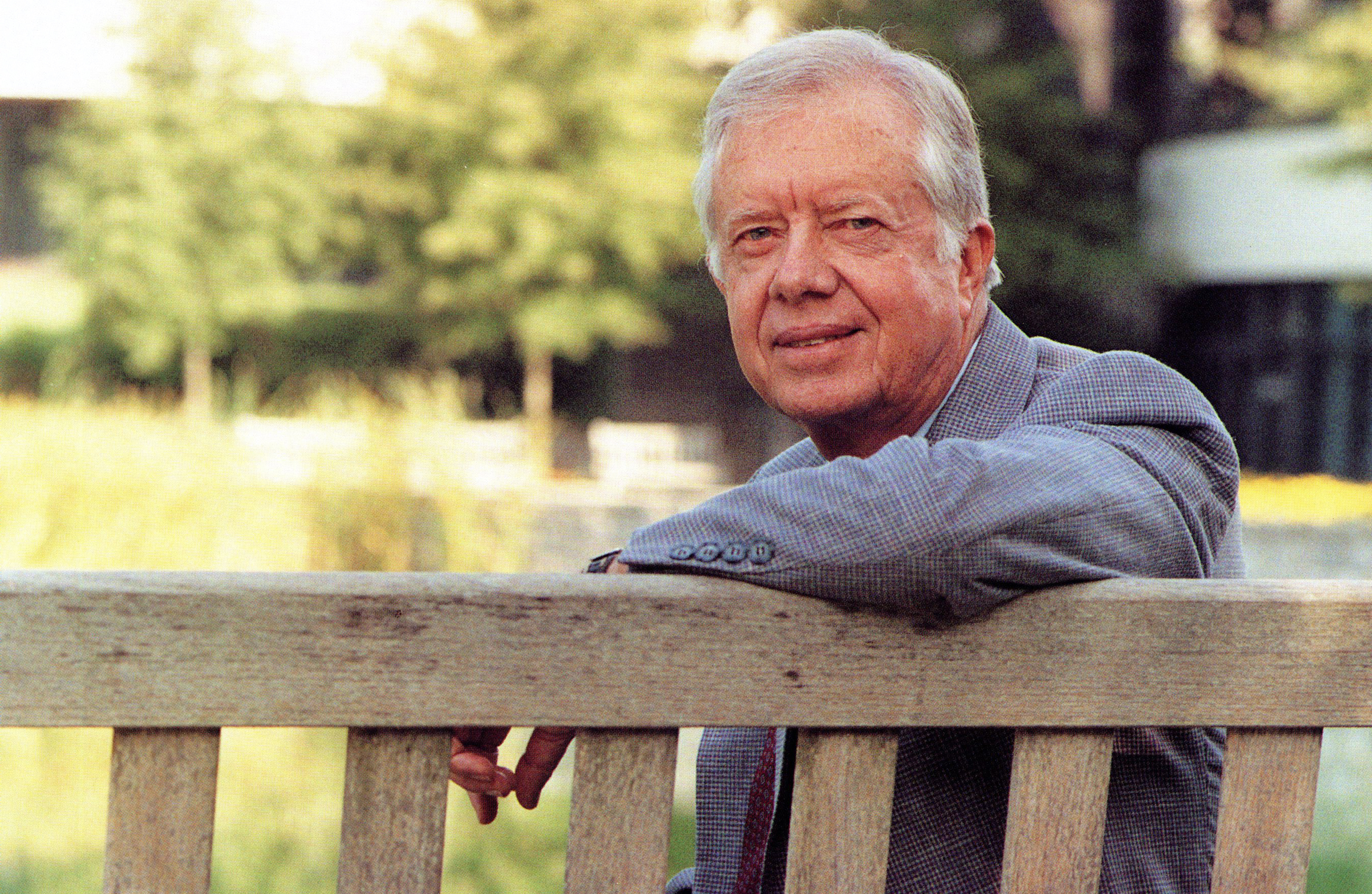
In Part 1, I discussed how the best way to have consistently excellent decisions is to have an organizational process by which ample and proper information is provided to a knowledgeable and empowered group for analysis and decision. In Part 2, let’s look at this in terms of my trip to Guyana with President Jimmy Carter. The story goes something like this…
Some years ago, I was honored to join President Carter in the South American country of Guyana. Over 40 years of one-party rule had occurred in Guyana and outside and internal pressures had persuaded the President of Guyana that multi-party free elections should be held.
President Carter was asked to provide a team of unbiased observers to assist in arranging the elections and in seeing that they were fairly carried out. I remember a key turning point in the acrimonious bickering between the numerous contending political parties…
President Carter had gathered the heads of the various parties to a public meeting, and had asked that each leader describe how he thought a fair election should be held. Each held forth with specific ideas; each trying to provide an advantage for his group.
After hearing everyone at this public forum, President Carter made a masterful summary of what he thought was the sense of the discussion. He extracted a good idea from each party leader, and lavishly credited it, and he amalgamated all those ideas into a logic of his own that allowed everyone to see that a useful framework for action had been defined, one that was a distillation of the individual good ideas.
Probably none of the leaders perfectly agreed with President Carter’s summary conclusions, but they all had been listened to, all had some portion of their arguments ratified and all recognized the fairness and good intentions of President Carter. He constructed a wise and useful decision on how to proceed, but before that, he listened.
I love that story.
As you once told me, sometimes you have to sit down, shut up, and listen!